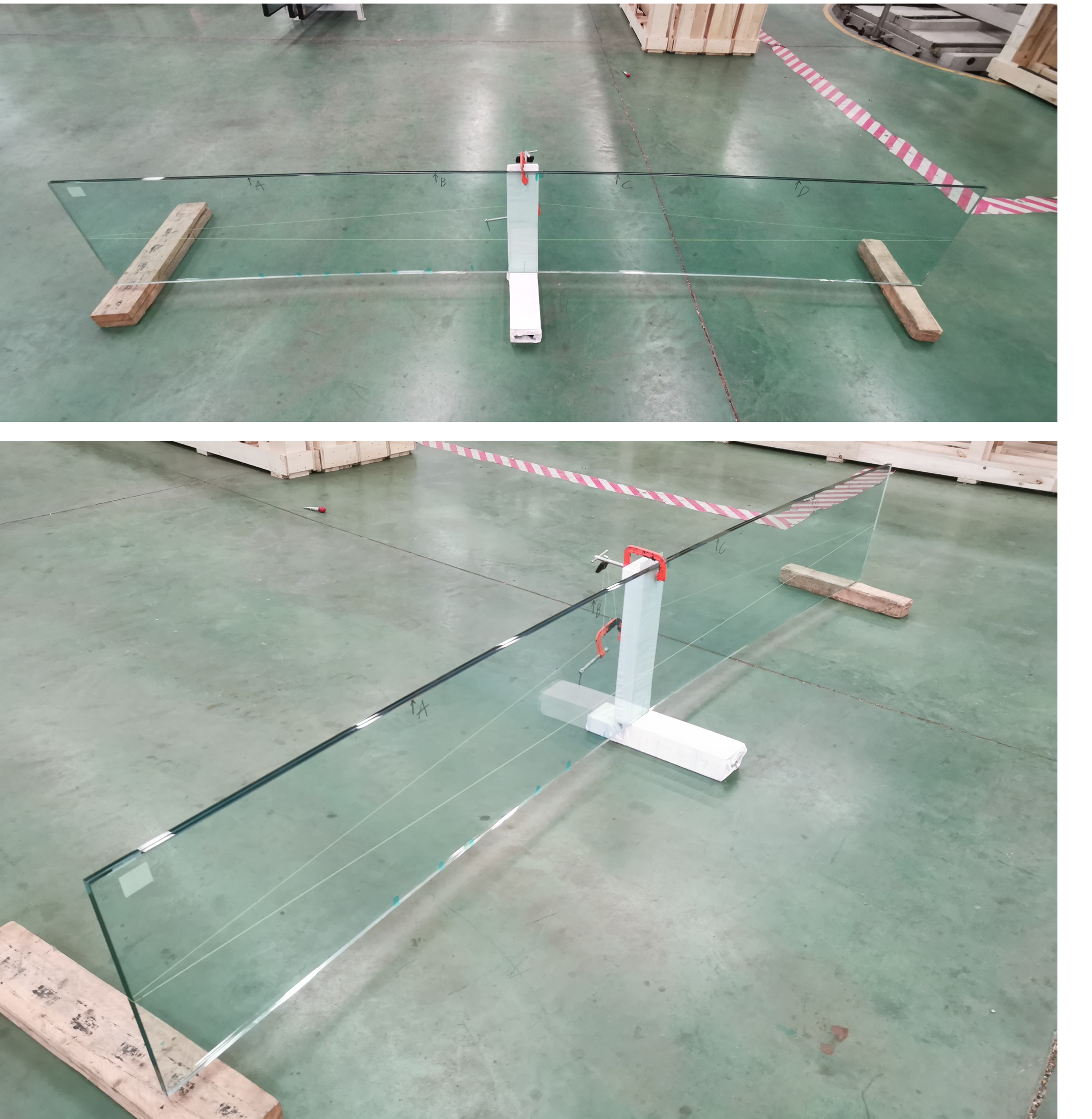Experimental Investigation of Post Failure Performance of Warm Bent Laminated Glass
DOI:
https://doi.org/10.47982/cgc.9.472Downloads

Abstract
Increasing trends and demands for curvilinear glass forms in the architectural, automotive and marine industries have inspired the research and development of alternative glass bending methods. Warm bent lamination, also known as cold bent lamination, has emerged as a promising method for introducing curvature in laminated glass. Research on warm bent glass to date has mostly focused on the initial spring-back effect after the removal of the temporary mechanical supports and the long-term relaxation action over time. However, studies on the post fracture performance of warm bent laminated glass are scarce. The high bending stiffness of laminated glass introduced though the induced curvature is highly beneficial in structural glass applications, however, this could be compromised by the spring-back effect following fracture and could eventually trigger ultimate limit state limitations until their safe replacement. This paper experimentally investigates the post-fracture performance of warm bent laminated glass. A number of parameters are tested, taking into account the different laminate layouts, glass geometries and types. The laminated configurations are fractured in a controlled manner and the post-fracture spring-back are identified. These findings can provide useful insights for the post-fracture mechanical response of warm bent laminated glass, point out important considerations for future design and promote the safe use of warm bent laminated glass in load bearing applications.
Published
Issue
Section
Curved Glass
License
Copyright (c) 2024 Minxi Bao, Kevin Yin, Wei Li

This work is licensed under a Creative Commons Attribution 4.0 International License.



